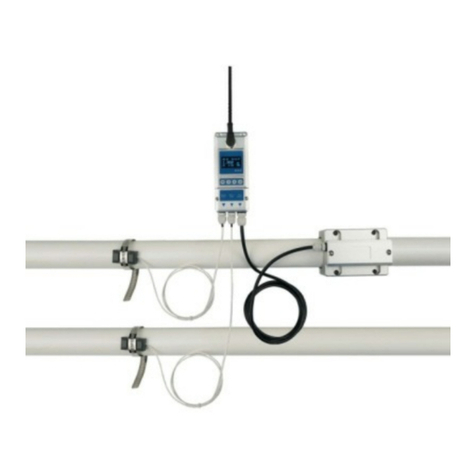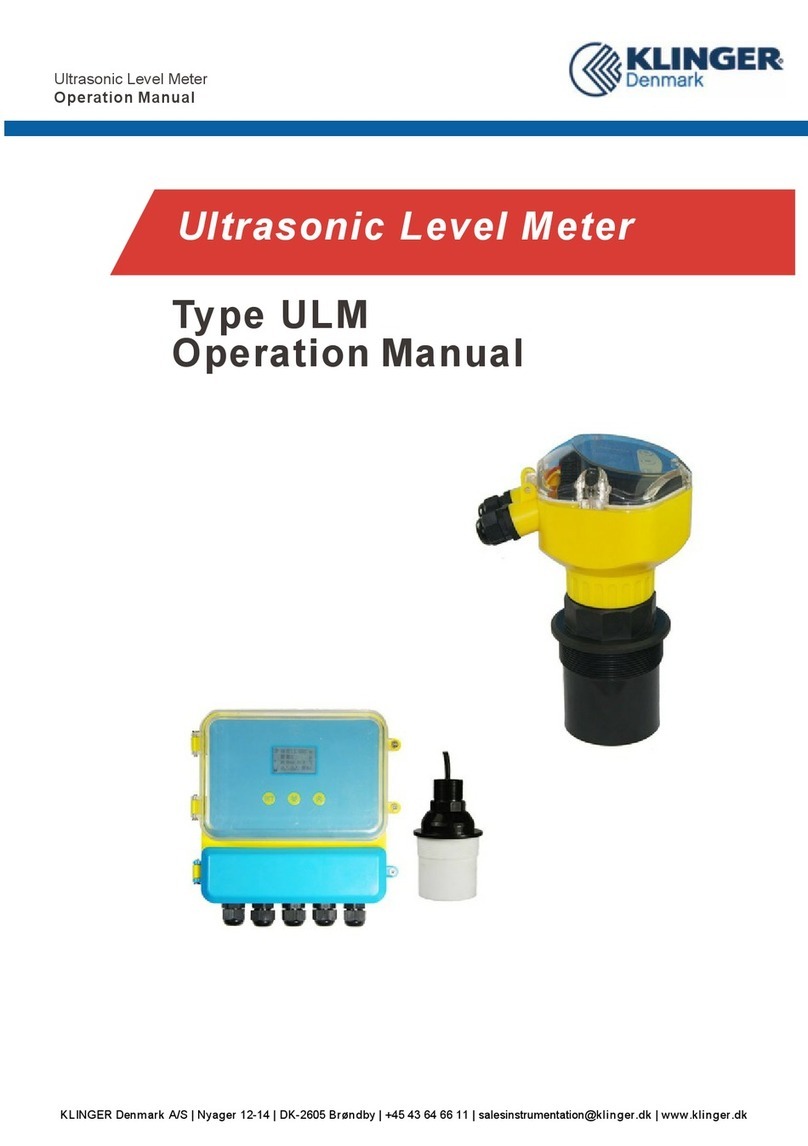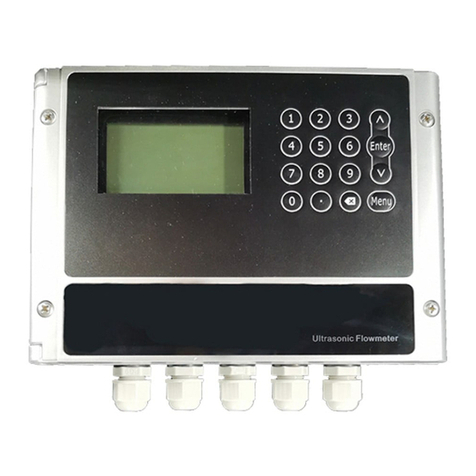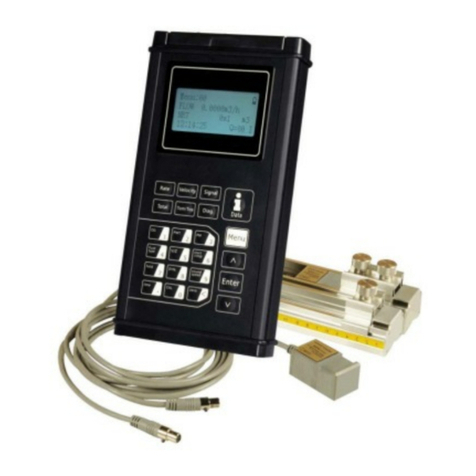
2www.KlingerScientic.com
847-336-7556
www.unitedsci.com
Conductors: Thin wall brass tubes with copper end pieces
Length: 39.5 cm
Diameter: 4.4 mm
Lever arm: 2.5 cm
Cold resistance (each): Approx. 0.013Ω
Power: Input: 110VAC/60Hz, 345W (max., - operate for < 5 seconds)
Output: Open circuit voltage 4.0V d.c., operating voltage 0.5—
Approx. operating currents: 55A in series, 2 x 37A in parallel
Fuse: Miniature fuse, 5 x 20 mm, 250V/3A
Dimensions: Height 56.5 cm, base diameter 19 cm, base height 8.5 cm
Weight: 4.25 kg
Connecting cords: 2 x 11 cm, 1 x 80 cm, spade lug connectors both ends
SAFETY
· The apparatus connects to a 110VAC outlet via a grounded plug. Observe all usual
electrical safety precautions when operating. In particular:
· Do not use the apparatus if the cord or plug is damaged.
· Do not use the apparatus in a wet or damp environment.
·
Do not defeat the grounding, which protects the user against dangerous external voltages
in case of internal damage to the circuitry.
· Make all changes to the connections with the apparatus unplugged from the 110VAC
outlet.
· Only operate the apparatus under responsible supervision by a technically qualified
person.
·
In use, the apparatus generates only low external voltages but very large currents, so the
conductors quickly become hot. Since the demonstration requires only seconds to
observe, there is no need for a prolonged operation. Do not operate the apparatus
continuously for more than about 5 seconds. Do not touch the hot conductors until they
have cooled (a few seconds)
BACKGROUND
A schematic diagram of two conductors carrying
currents i1and i2is shown in Figure 2. If we
consider short elements of the conductors ds1
and ds2 a distance r apart, then Ampère (and
others) showed in a series of careful
experiments that the force dF1which the
element ds2exerts on ds1is given by:
dF1= (μ0i1i2/4πr3).[ds1G
(ds2G
r)] (1)
where μ0is a constant.
But at a place where the magnetic induction is
B, a current-carrying element ds1experiences a force dF which can be expressed simply
by:
dF = i1.(ds1G
B) (2)
Comparing equations (1) and (2), we can view the force on ds1as generated by an
induction dB2created by the current i2in ds2. Then dB2would be given by:
3



























